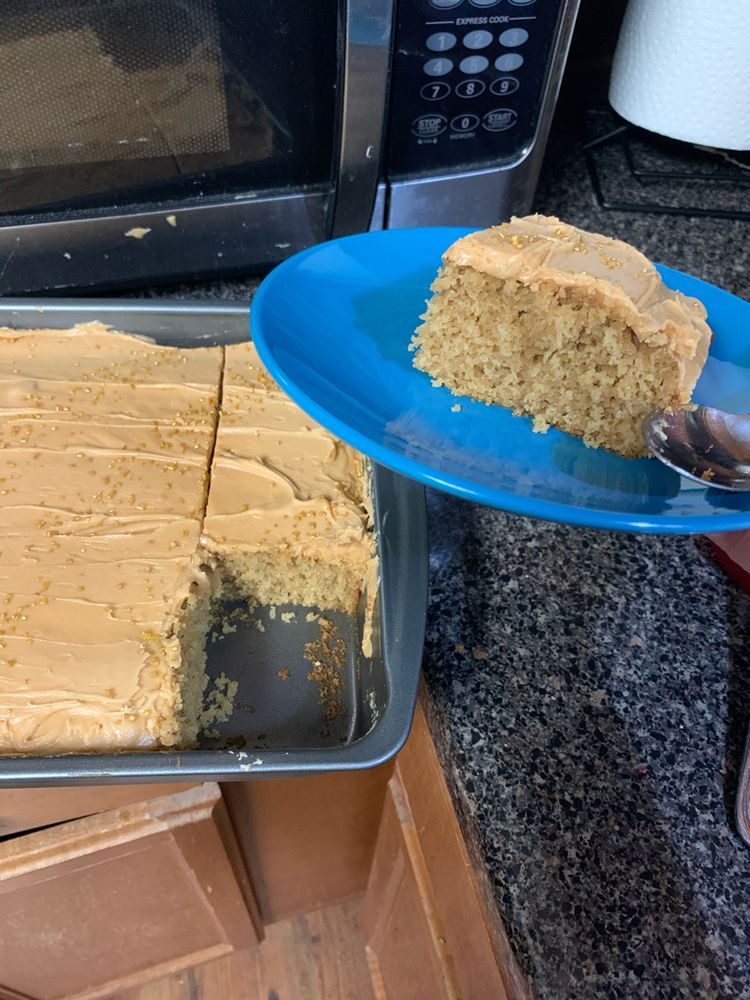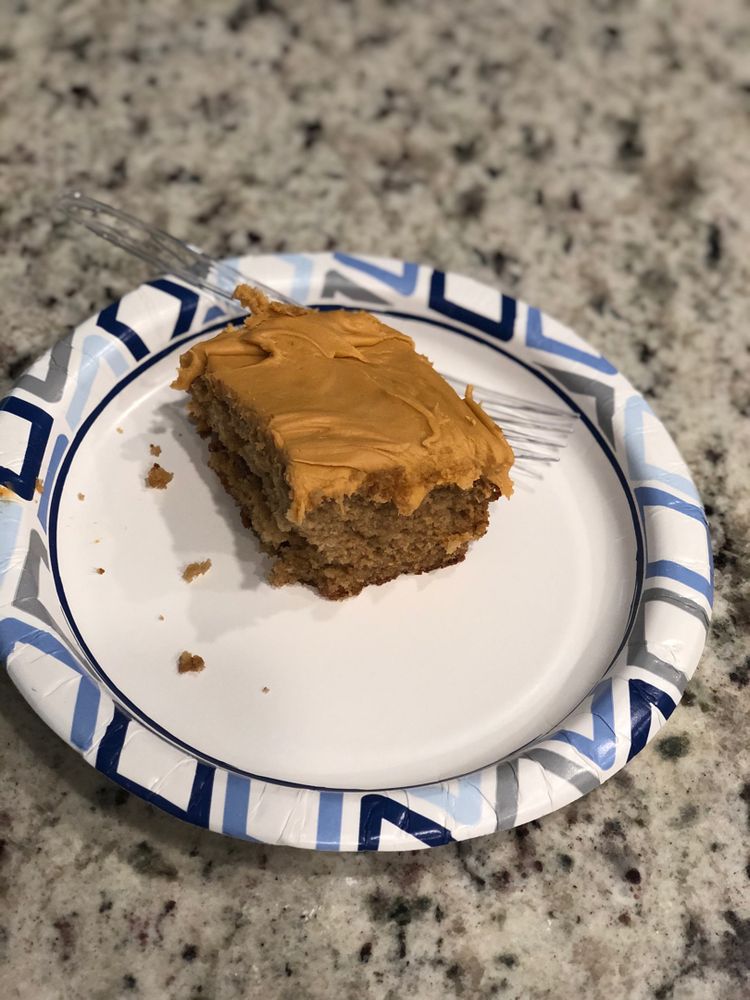A butterscotch on butterscotch cake is a delicious dessert that comprises of a butterscotch-flavored cake that is both light and moist, frosted or glazed with butterscotch, and then garnished with butterscotch chips, caramel sauce, or any other toppings you choose. Brown sugar, butter, vanilla, and other flavorings can be used to create a rich, sweet, and slightly caramel-like flavor in the cake itself. Creamy and decadent ingredients like these can also be found in the icing or glaze. A butterscotch on butterscotch cake, in general, is a rich dessert that may satisfy any yearning for something sweet.

My kid is totally into the whole cupcake phenomenon. Now I’m developing a full-blown baking addiction. She decided to make a butterscotch cake after discovering half a bag of butterscotch chips in the back of the cupboard. We used our tried-and-true cake recipe, swapping out the chocolate with butterscotch. It took the chips longer than we expected to melt (maybe due to the dissimilarity between butterscotch and chocolate, or perhaps because they were old), and the cake also took longer to bake than we anticipated.

We kept refining our buttercream frosting recipe. Before mixing it with the egg yolks, we heated some sugar or syrup and added more of it. The outcome is a frosting that holds its shape better and is less prone to melt when it’s being spread.
That tastes like too much butterscotch. There’s something heavenly about the frosting. To me, chocolate is a natural complement. I can’t wait to spread it on a chocolate cake and top it with nuts like pecans or walnuts.
Ingredients:
Six ounces, or half a bag, of butterscotch chips
One cup of brown sugar, light
The equivalent of a half a cup of milk
A. Egg White B. Egg Yolk
Two cups of cake flour
1 teaspoon of baking soda
1/4 of a teaspoon of salt
A half cup of softened butter
A single cup of sugar
Two eggs, in a separate container
Half a cup of milk
1/2 a cup of water
1 tsp. of Vanilla Extract
Instructions:
Mix a half-cup of milk with an egg yolk. Stir the brown sugar and milk/egg mixture together in a small saucepan. Stirring occasionally, melt butterscotch over a low flame until a thick syrup forms.
While that’s happening, set the oven temperature to 350 degrees and grease two 9-inch round cake pans. When using nonstick baking pans, I spray them with Pam and they release baked goods easily.
In a bowl, whisk together the flour, baking powder, and salt.
You’ll need to whip up one stick of butter until it’s as light as a cloud. Continue pounding as you gradually add the white sugar.
The egg yolks should be added one at a time and beaten in.
Whisk together the milk, water, and vanilla.
Using the mixer on low to medium speed, add approximately a third of the flour mixture, then add about a third of the milk mixture, and repeat. It’s best to add in thirds and stir until everything is evenly combined.
The egg whites should be beaten until they reach a stiff peak.
Add the butterscotch custard slowly, stirring just until combined. Egg whites should be folded in.
Bake for at least 30 minutes, until a tester inserted in the center comes out clean, before dividing the mixture between the two pans.
Cakes should be cooled fully on a wire rack.
And now for the icing on the cake. A few simple ingredients come together to make an incredibly decadent treat. If you can help it, try not to eat too much of it before you put it on the cake.
In Order To,
A dozen egg whites 1 1/2 cups of unsalted butter (3 sticks)
three cups of sugar
1 1/4 cups of water
Twelve ounce bag of butterscotch chips
Put the sugar and water in a heavy small pot. There should be no movement. Just let it cook over medium heat, keeping an eye on it.
Sift the egg whites and place them in a separate basin from the yolks.
While using a mixer on high speed, beat the egg yolks until they become pale and thick.
When the syrup reaches a temperature of 252, remove it from the heat.
Immediately while beating at high speed, add the syrup to the yolks. Maintain the pounding until the mixture is thick and room temperature. That will probably take around 20 minutes.
Halve or quarter each stick of butter. The butter should be added one piece at a time and beaten on medium speed.
Butterscotch should be melted in the microwave, but only with caution. Put it in the microwave for about 20 seconds, mix, and repeat until it melts.
Slowly incorporate the butterscotch into the buttercream.
You can begin icing the cake as soon as both it and the frosting have cooled to room temperature. Waxed paper strips placed under the cake’s rim prevent it from sticking to the dish. Frost the base layer thoroughly.
Spread a thin coating of icing down the sides, then top with the second layer. Add more on top and stretch it out to the sides. Take away the wax paper.
Cool in the fridge for a short while and then serve. Enjoy!
Tips

As butterscotch flavor is the focal point of this cake, it’s crucial to utilize premium components. Butter, brown sugar, and vanilla extract should all be of high quality, and the same goes for the butterscotch sauce or frosting you use on the cake.
Overmixing the dough might make for a difficult and dense cake. Add all ingredients to a mixing bowl and stir until just mixed.
Do it right and bake the cake: To avoid overbaking and drying out the cake, be sure to strictly adhere to the baking directions provided in the recipe. Make sure the cake is done by inserting a toothpick or cake tester into the center to see if it comes out clean.

It will be difficult to put the frosting over the cake if it is cold, so make sure it has come to room temperature. It’s best to use the frosting if you take it out of the fridge at least half an hour before you need it.
More taste and texture can be added to your cake by decorating it with butterscotch chips or caramel sauce.
Make sure you chill the cake before serving it. Chilling the cake for at least an hour will improve its flavor and texture. The icing will firm up and the cake will be easier to cut if you do this.

